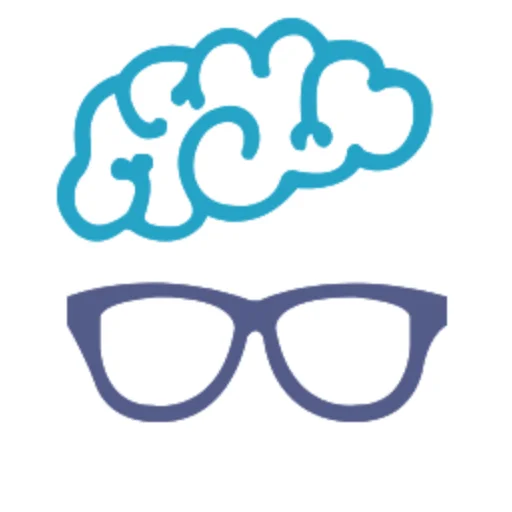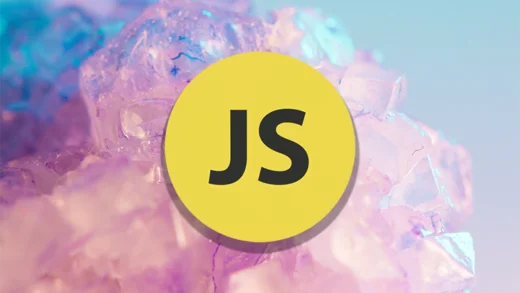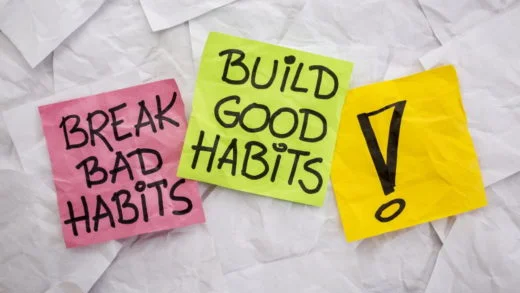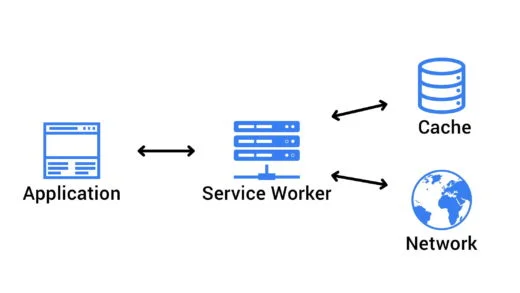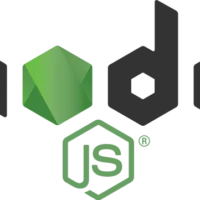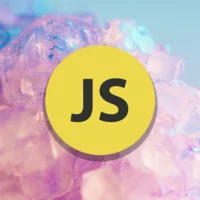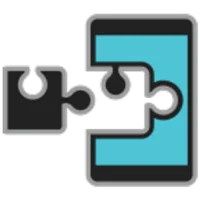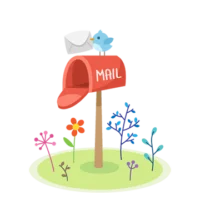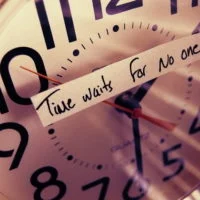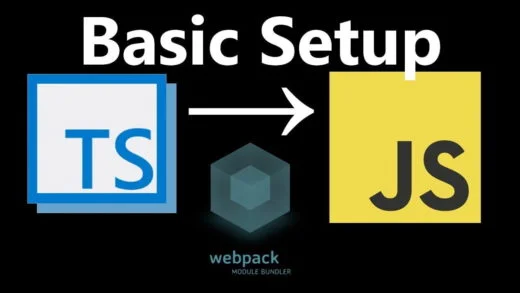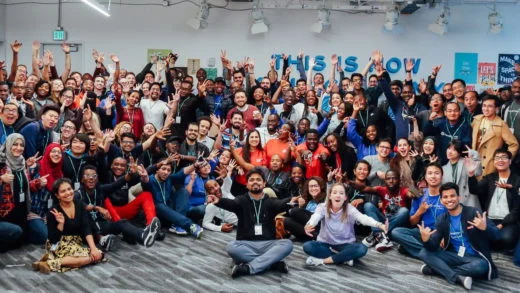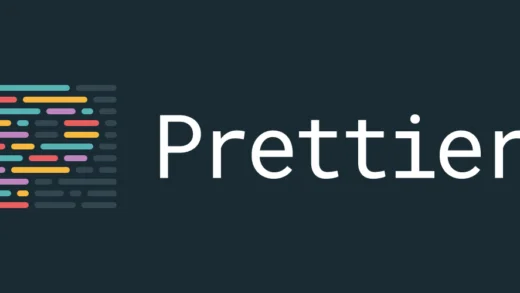In today’s job market, skill is often prioritized over education. So, as a student, you’re in the best position to benefit from both. While there are many career choices in tech, web development can be considered one of the best due to the pay and opportunities it provides. Continue reading for a step-by-step guide on how to get started in web development as a student.
5 Steps For Students To Get Started With Web Development
If you’re a student interested in web development, you’ll want to follow these five steps for the best results:
- Get The Needed Tools
- Learn The Fundamentals
- Choose A Specialization
- Build Projects
- Create A Portfolio
- Get The Needed Tools
Before you can even begin writing any code, you must have the necessary tools. This will involve a laptop, graphics editing software, web browsers, and an IDE (Integrated Development Environment), such as PyCharm or Atom. This will ensure your learning experience is as smooth as possible.
- Learn The Fundamentals
This involves HTML, CSS, and JavaScript. You can also learn UI/UX to help you create mobile websites or if you intend to go into app development. If you aren’t sure which operating software to develop applications for, you should see here for reasons why Android is a good idea. Aside from the programming aspects, you should also aim to understand how websites work.
There are many free resources on YouTube you can use first to get an understanding of the basics. Then, when you feel ready to advance, paid courses on platforms such as Udemy, Udacity, and Coursera become good options. At this point, you’ll have a good level of understanding of what web development is all about and the areas you’ll want to specialize in.
- Choose A Specialization
In web development, there are three levels of specialization: front end, back end, and full stack. The back end refers to the server side of the website, while the front end relates to what people see when they visit the webpage. While the front end and back end developers are only focused on the client and server sides of the website, the full-stack developer is familiar with both responsibilities. These different specialization areas have pros and cons, so you need to do enough research here to avoid wasting your learning time.
- Build Projects
To get good at web development, you must combine theory with practice as early as possible. So, you should start working on projects, even if you aren’t confident in your abilities. You can research and ask friends or online forums for help when you face issues. This way, what you learn will feel less abstract, and you’ll be able to handle real-world tasks when you do enter the job market. For example, you could work on designing a blog site that is available in multiple languages. While you can focus on the programming, you can research “Who can write essay for me?” so your classwork doesn’t suffer. This website offers students different academic writing services at affordable prices.
- Create A Portfolio
Once you have gained experience with a few projects, you must advertise this by creating a portfolio. This will make it easier for you to show future employers what you have accomplished and what you have to offer. One terrific way to do this is by creating a personal website. All you have to do is send the client a link to your page, and they can see your work for themselves. Thousands of web developers use the same method to work in countries like the US every year. However, aside from talent, you’ll need to use USCIS translation services to have all your documents accurately translated according to standard. This website offers free reviews on different translation services online, so you don’t have to waste your time and money.
Source: https://unsplash.com/photos/FlPc9_VocJ4
Wrapping Up
Learning web development might seem hard initially, but it’s worth it. Even if you’re a student, you can become a highly-paid developer by following the tips shared in this article. Remember there are no shortcuts, and remain focused on your goal.
Author’s Bio
Mary Herd is a writer and freelance web developer. She enjoys helping her clients realize their dreams through her websites. When she isn’t working, Mary can be seen having a relaxing stroll in the park.
